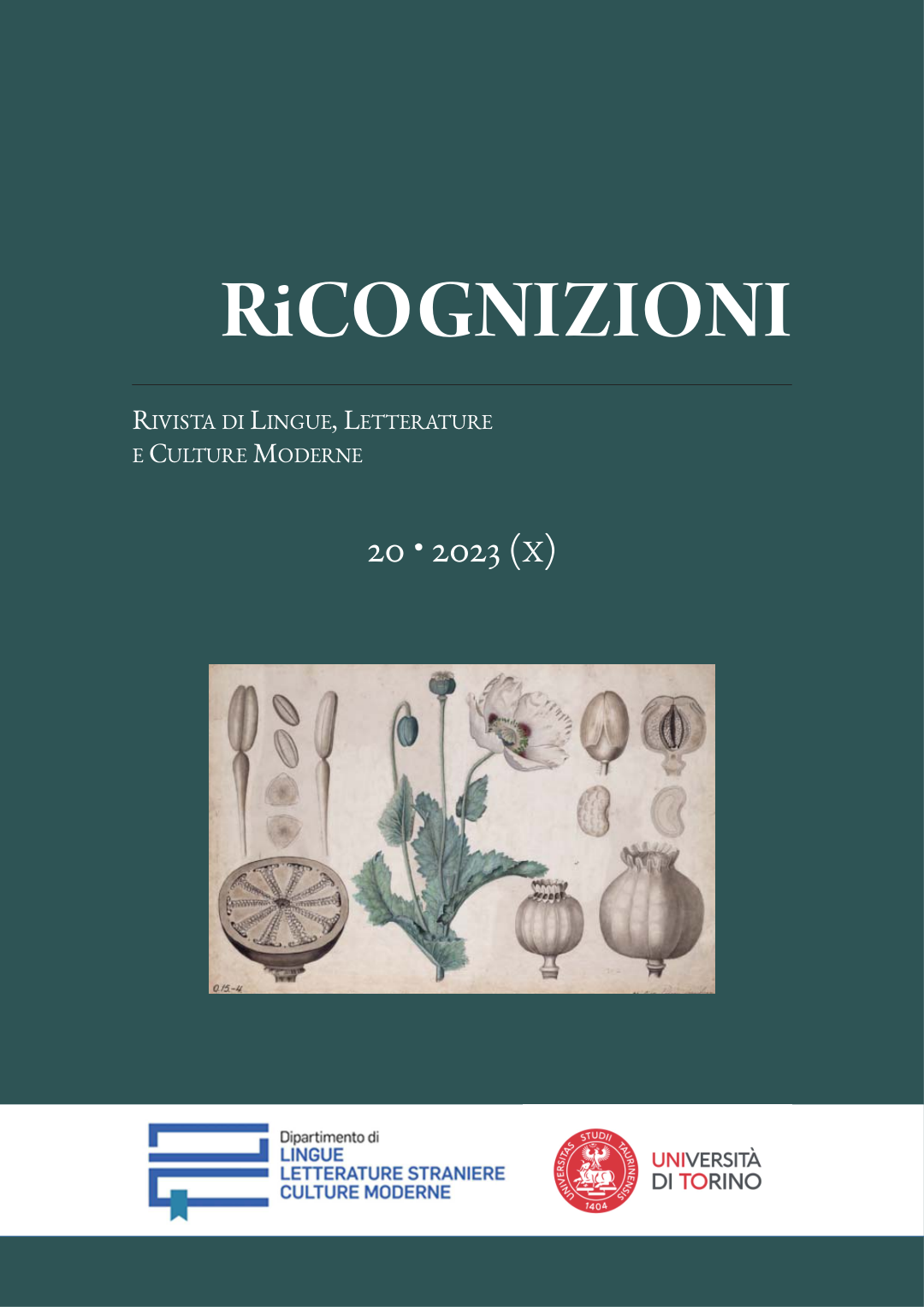Mozart in the East
DOI:
https://doi.org/10.13135/2384-8987/8669Keywords:
Mozart, Orientalism, Art musicAbstract
The aim of this paper is to highlight an aspect of Mozart's production that has long been neglected by contemporary musicology: the strong influence of Orientalism in some of the composer's works. After a brief focus on musical antecedents related to Orientalism, mostly composed in France, Austria and Germany, we will then examine four of Mozart's most famous works in more detail: the Violin Concerto in A major K219, the Piano Sonata in A major K331 and the two renowned Singspiele: Die Entführung aus dem Serail K384 and Die Zauberflöte K620. For each of these works, all of them replete with Turqueries and exotic elements, different aspects will be examined with the aim of providing a multifaceted review of the main manifestations of Orientalism in European musical production of the 18th century. It is worth clarifying that what will be examined constitutes the original core of a series of elements that, in Art music production of the following centuries, will become a compositional norm with explicit reference to the Middle East, although derived from cultural and musical stereotypes. Furthermore, when discussing the East in a musical context, we do not refer to well-defined geographical and cultural boundaries. In this paper, we will also offer a brief analysis of this highly stereotyped and antithetical Eastern world, from a perspective strictly linked to the musical context, but one whose influences also partially extend to literature and visual arts.
Downloads
Published
How to Cite
Issue
Section
License
RiCognizioni is published under a Creative Commons Attribution 4.0 International License.
With the licence CC-BY, authors retain the copyright, allowing anyone to download, reuse, re-print, modify, distribute and/or copy their contribution. The work must be properly attributed to its author.
It is not necessary to ask further permissions both to author or journal board.








